Home>Home Appliances>Laundry Appliances>Why Does My Washing Machine Keep Draining


Laundry Appliances
Why Does My Washing Machine Keep Draining
Published: February 20, 2024
Discover the reasons why your laundry appliances may keep draining and learn how to troubleshoot the issue. Keep your washing machine running smoothly with our expert tips.
(Many of the links in this article redirect to a specific reviewed product. Your purchase of these products through affiliate links helps to generate commission for Storables.com, at no extra cost. Learn more)
Common Reasons for Continuous Draining
When your washing machine seems to be stuck in a perpetual state of draining, it can be both frustrating and perplexing. This persistent draining issue can disrupt the normal washing cycle, leaving your clothes unwashed and your appliance in a state of confusion. Understanding the common reasons behind this perplexing behavior can help you troubleshoot the problem effectively.
-
Water Level Sensor Malfunction: The water level sensor, also known as the pressure switch, plays a crucial role in regulating the water level inside the washing machine. If this sensor malfunctions, it may erroneously signal the machine to continue draining, even when the appropriate water level has been reached. This can lead to the continuous draining issue that you're experiencing.
-
Drain Hose Problems: A clogged or improperly installed drain hose can also contribute to the continuous draining problem. If the drain hose is kinked, clogged with debris, or positioned incorrectly, it can impede the proper drainage of water from the machine, causing it to continue draining in an attempt to clear the water.
-
Malfunctioning Water Inlet Valve: The water inlet valve is responsible for allowing water to flow into the washing machine during the fill cycle. If this valve fails to close properly after the machine has filled with water, it can result in a continuous draining scenario. This malfunction may occur due to sediment buildup or a faulty valve mechanism.
-
Faulty Control Board or Timer: The control board and timer coordinate the various functions of the washing machine, including the water filling and draining cycles. If either of these components is defective, it can disrupt the normal sequence of operations, leading to issues such as continuous draining.
Understanding these common reasons for continuous draining can empower you to take the necessary steps to address the problem. By identifying the potential cause of the issue, you can effectively communicate with a professional technician or attempt to troubleshoot the problem on your own. In the subsequent sections, we will delve deeper into each of these potential causes and explore the steps you can take to resolve the continuous draining issue plaguing your washing machine.
Key Takeaways:
- Don’t let your washing machine’s continuous draining drive you crazy! It could be due to a malfunctioning water level sensor, drain hose problems, or a faulty water inlet valve. Understanding these common issues can help you troubleshoot and fix the problem.
- Is your washing machine stuck in a draining loop? It might be the control board or timer acting up. Electrical malfunctions or component failures can disrupt the normal cycle, causing continuous draining. Identifying and addressing these issues can help resolve the problem.
Read more: Why Does My Washer Keep Stopping
Potential Issues with the Water Level Sensor
The water level sensor, also referred to as the pressure switch, serves as a critical component within a washing machine's operational framework. Its primary function is to monitor the water level inside the machine's tub and signal the control system to initiate or cease the filling and draining processes accordingly. However, when this integral sensor encounters issues, it can lead to disruptive problems such as continuous draining.
One of the common issues that can affect the water level sensor is a malfunction in its internal mechanism. Over time, the sensor's delicate components may become worn or damaged, leading to inaccuracies in detecting the water level. This can result in the sensor erroneously signaling the washing machine to continue draining, even when the appropriate water level has been reached. Consequently, the machine enters a cycle of perpetual draining, disrupting the normal washing process.
Another potential issue with the water level sensor is the accumulation of debris or sediment within its mechanism. This can impede the sensor's ability to function accurately, causing it to misinterpret the water level and trigger continuous draining. Additionally, if the sensor's air tube becomes clogged or disconnected, it can disrupt the pressure readings, leading to erroneous signals to the control system.
Furthermore, electrical faults or wiring issues can also impact the water level sensor's performance. A loose or damaged electrical connection can interfere with the sensor's ability to transmit accurate signals to the control board, leading to irregularities in the water level detection process. Additionally, voltage fluctuations or power surges can adversely affect the sensor's functionality, resulting in erratic behavior such as continuous draining.
In some cases, the water level sensor may simply require recalibration to restore its proper functionality. Changes in environmental conditions or prolonged usage can cause the sensor to become desensitized or overly sensitive, leading to inaccurate water level readings. Recalibrating the sensor according to the manufacturer's guidelines can help rectify this issue and restore the accurate detection of water levels within the washing machine.
Addressing potential issues with the water level sensor requires a systematic approach, involving careful inspection, cleaning, and, if necessary, recalibration or replacement of the sensor. By understanding the intricacies of this vital component and recognizing the potential issues that can affect its performance, you can effectively troubleshoot and resolve the continuous draining problem in your washing machine.
Problems with the Drain Hose
The drain hose of a washing machine plays a pivotal role in facilitating the expulsion of used water from the appliance during the rinse and spin cycles. However, when this essential component encounters problems, it can lead to disruptive issues such as continuous draining, impeding the normal functioning of the machine.
One of the common problems associated with the drain hose is the accumulation of debris and lint, which can obstruct the smooth flow of water out of the washing machine. Over time, lint, dirt, and other residues from the laundry can accumulate within the drain hose, forming clogs that restrict the proper drainage of water. This obstruction can cause the washing machine to continue draining in an attempt to clear the water, resulting in the persistent draining issue that you may be experiencing.
Furthermore, the positioning of the drain hose can also contribute to drainage problems. If the hose is kinked, bent, or improperly installed, it can impede the smooth outflow of water from the machine, leading to drainage issues. Additionally, a drain hose that is inserted too far into the standpipe or drain opening can create a siphoning effect, causing the water to continuously drain from the machine.
In some cases, the drain hose itself may be damaged or deteriorated, leading to leaks or blockages that disrupt the proper drainage process. Cracks, tears, or wear and tear in the hose can result in water leakage, hindering the efficient expulsion of water from the washing machine. Moreover, if the hose is twisted or damaged near the connection points, it can lead to irregular drainage and continuous draining problems.
Addressing problems with the drain hose necessitates a thorough inspection and potential maintenance or replacement of the affected components. Cleaning the drain hose to remove accumulated debris and ensuring that it is free from kinks or bends can help restore proper drainage functionality. Additionally, repositioning or adjusting the installation of the drain hose to prevent siphoning effects can mitigate continuous draining issues.
In cases where the drain hose is damaged or deteriorated, replacing the hose with a new, properly functioning one is essential to rectify the drainage problems. By understanding the potential issues that can affect the drain hose and taking proactive measures to address them, you can effectively troubleshoot and resolve the continuous draining issue plaguing your washing machine.
Check for a clogged drain hose or filter, as this can cause the washing machine to continuously drain. Also, make sure the drain hose is not positioned too low, as this can lead to constant draining.
Malfunctioning Water Inlet Valve
The water inlet valve in a washing machine serves as the gateway for the entry of water into the appliance during the fill cycle. It is a pivotal component that regulates the flow of water, ensuring the appropriate level is reached for the washing process. However, when this crucial valve malfunctions, it can lead to disruptive issues such as continuous draining, impeding the normal operation of the machine.
One of the common issues associated with a malfunctioning water inlet valve is the failure to close properly after the washing machine has filled with water. This malfunction can occur due to various factors, including sediment buildup within the valve, which can impede its proper closure. Over time, mineral deposits and debris from the water supply can accumulate within the valve, affecting its functionality and causing it to remain partially open. As a result, the washing machine continues to drain water in an attempt to maintain the desired water level, leading to the persistent draining issue.
Additionally, the water inlet valve may experience mechanical failures, such as a faulty solenoid or diaphragm, which can hinder its ability to control the water flow accurately. A weakened or damaged solenoid may struggle to actuate the valve, leading to irregularities in the water inlet process. Similarly, a compromised diaphragm can result in leaks or improper sealing, causing the valve to remain open and contribute to continuous draining.
Furthermore, electrical malfunctions or wiring issues can impact the performance of the water inlet valve. A disrupted electrical connection or voltage irregularities can interfere with the valve's operation, leading to erratic behavior such as failure to close after the fill cycle. Additionally, power surges or fluctuations can damage the electrical components of the valve, compromising its functionality and contributing to continuous draining issues.
Addressing a malfunctioning water inlet valve requires a systematic approach, involving careful inspection, cleaning, and potential replacement of the affected components. Cleaning the valve to remove sediment and debris buildup can help restore its proper functionality, allowing it to close effectively after the fill cycle. However, in cases where mechanical or electrical issues are identified, replacing the water inlet valve with a new, properly functioning one is essential to rectify the continuous draining problems.
By understanding the potential issues that can affect the water inlet valve and taking proactive measures to address them, you can effectively troubleshoot and resolve the continuous draining issue plaguing your washing machine.
Faulty Control Board or Timer
The control board and timer in a washing machine serve as the orchestrators of its various functions, coordinating the sequence of operations that enable the appliance to perform its washing cycles effectively. However, when these critical components encounter faults or malfunctions, they can disrupt the normal rhythm of the machine, leading to issues such as continuous draining.
One of the common issues associated with a faulty control board is the occurrence of electrical malfunctions or component failures within the board itself. Over time, the delicate electronic circuits and relays on the control board may deteriorate, leading to irregularities in the transmission of signals and commands. This can result in erratic behavior, such as the failure to initiate the appropriate sequences for the filling and draining cycles, ultimately contributing to continuous draining issues.
Similarly, the timer, which regulates the timing and duration of the washing machine's various cycles, can encounter malfunctions that disrupt its functionality. Mechanical failures within the timer mechanism, such as worn gears or damaged contacts, can lead to inaccuracies in timing, causing the machine to enter prolonged draining cycles or skip essential steps in the washing process. These irregularities can manifest as continuous draining problems, thwarting the normal operation of the appliance.
Furthermore, electrical disturbances or power surges can adversely affect the performance of both the control board and timer. Voltage fluctuations or electrical spikes can damage the sensitive components of these vital parts, leading to erratic behavior and operational irregularities. In some cases, these electrical disturbances can cause the control board or timer to malfunction, resulting in issues such as continuous draining.
Addressing a faulty control board or timer necessitates a comprehensive assessment of the electrical and mechanical components, potentially involving diagnostic testing and component replacement. Identifying and rectifying the specific faults within the control board or timer is essential to restore the proper sequencing and coordination of the washing machine's cycles, mitigating the continuous draining issue.
By understanding the potential issues that can affect the control board and timer, and taking proactive measures to address them, you can effectively troubleshoot and resolve the continuous draining problem plaguing your washing machine.
Frequently Asked Questions about Why Does My Washing Machine Keep Draining
Was this page helpful?
At Storables.com, we guarantee accurate and reliable information. Our content, validated by Expert Board Contributors, is crafted following stringent Editorial Policies. We're committed to providing you with well-researched, expert-backed insights for all your informational needs.
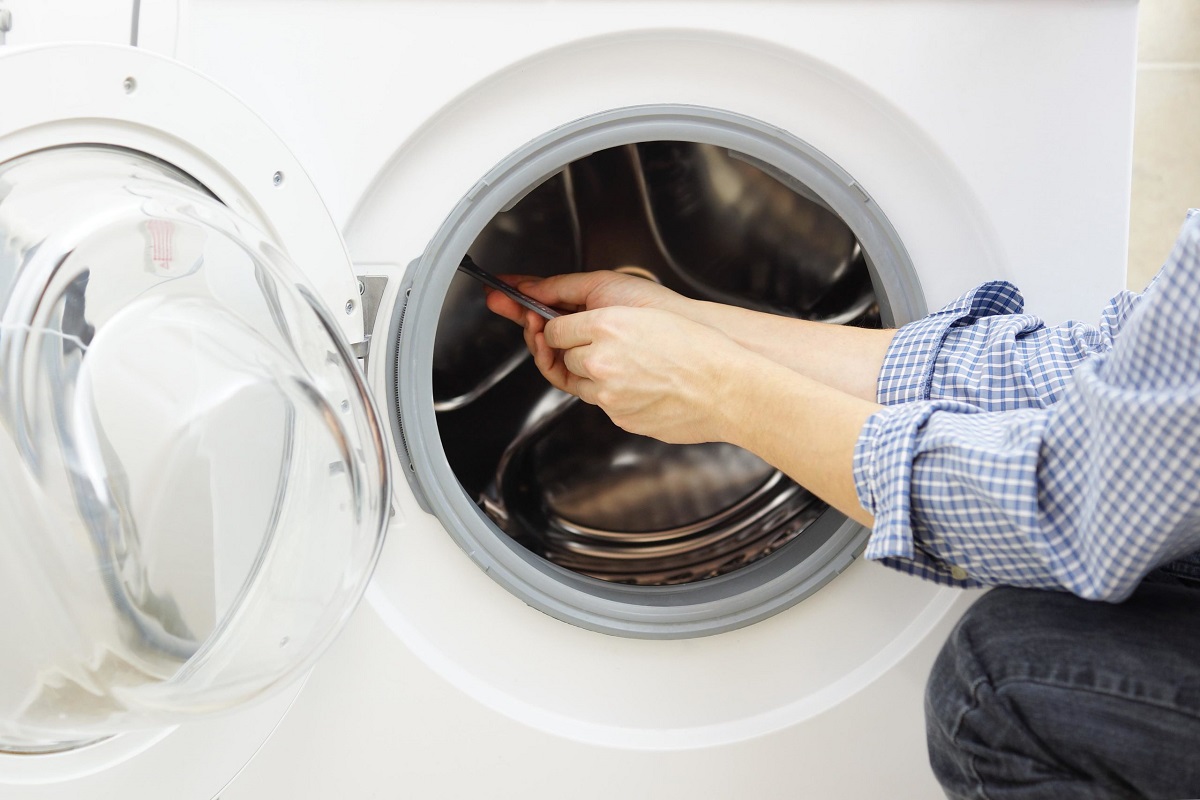
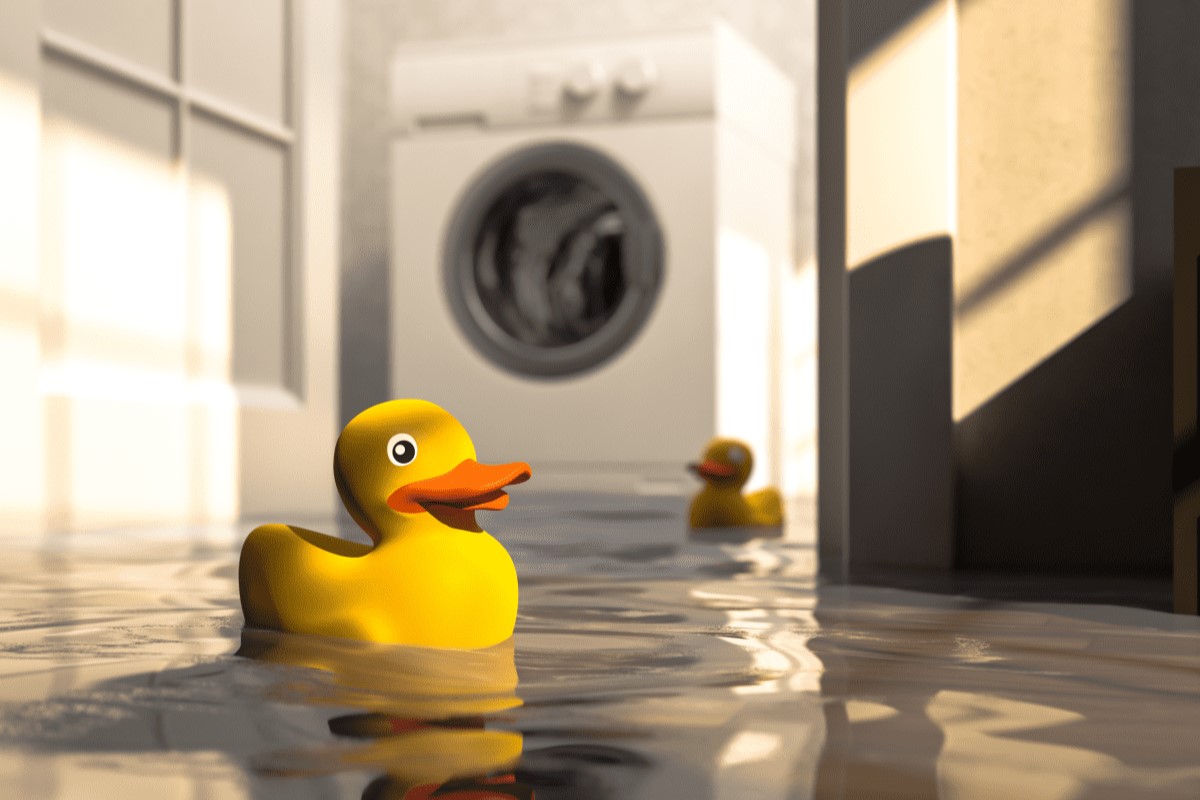
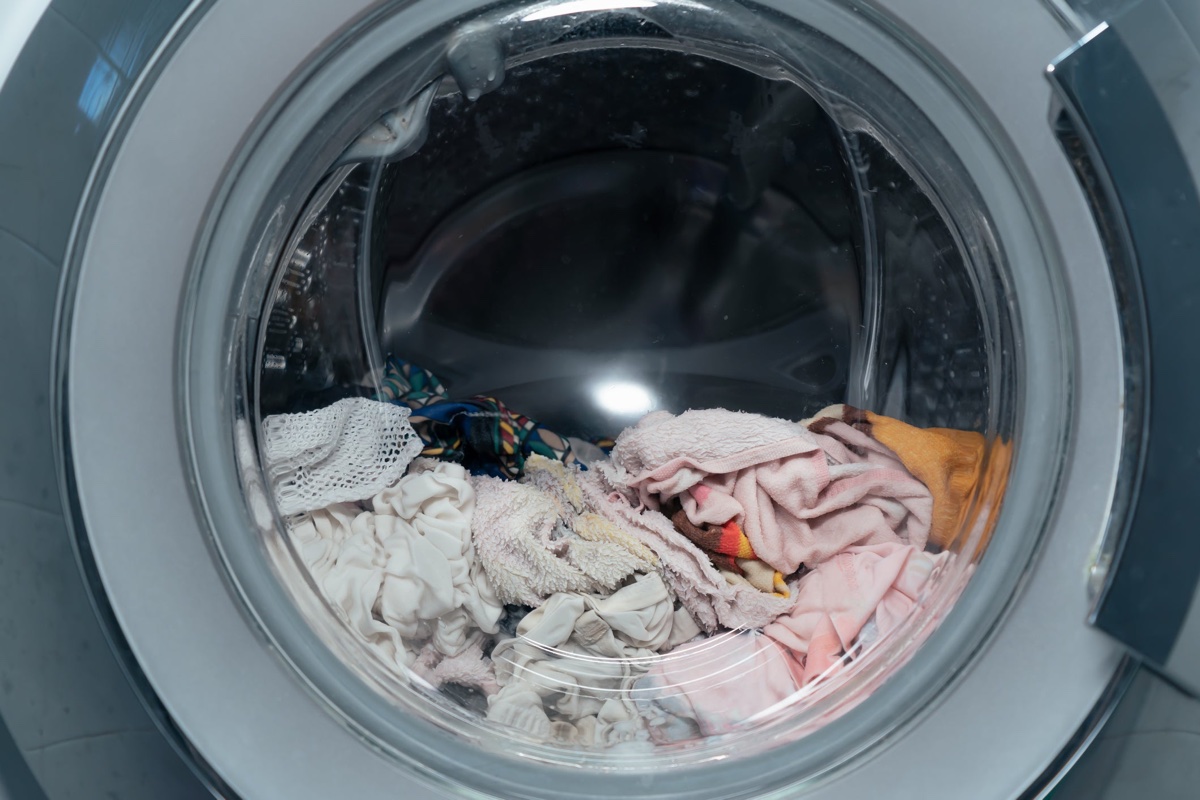
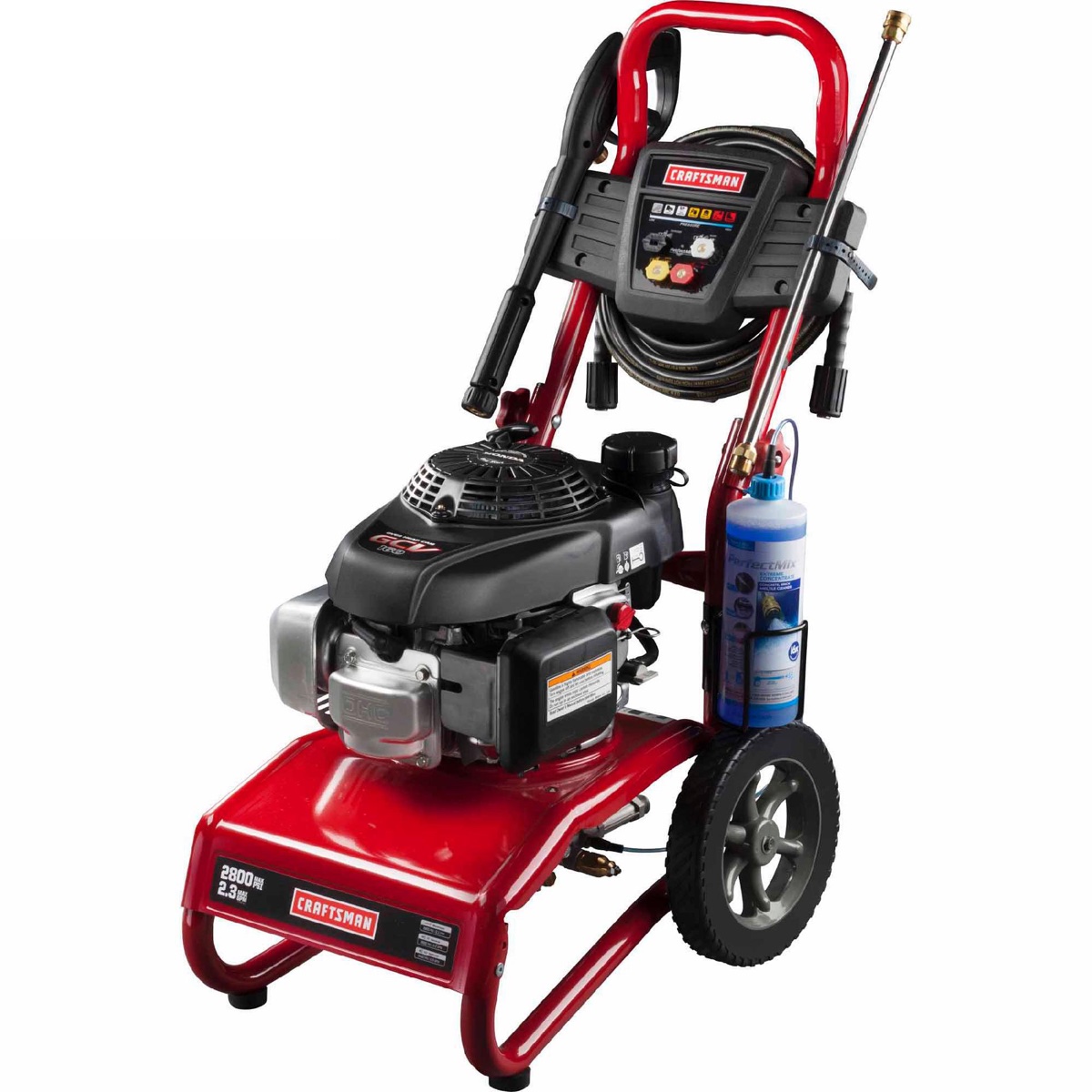
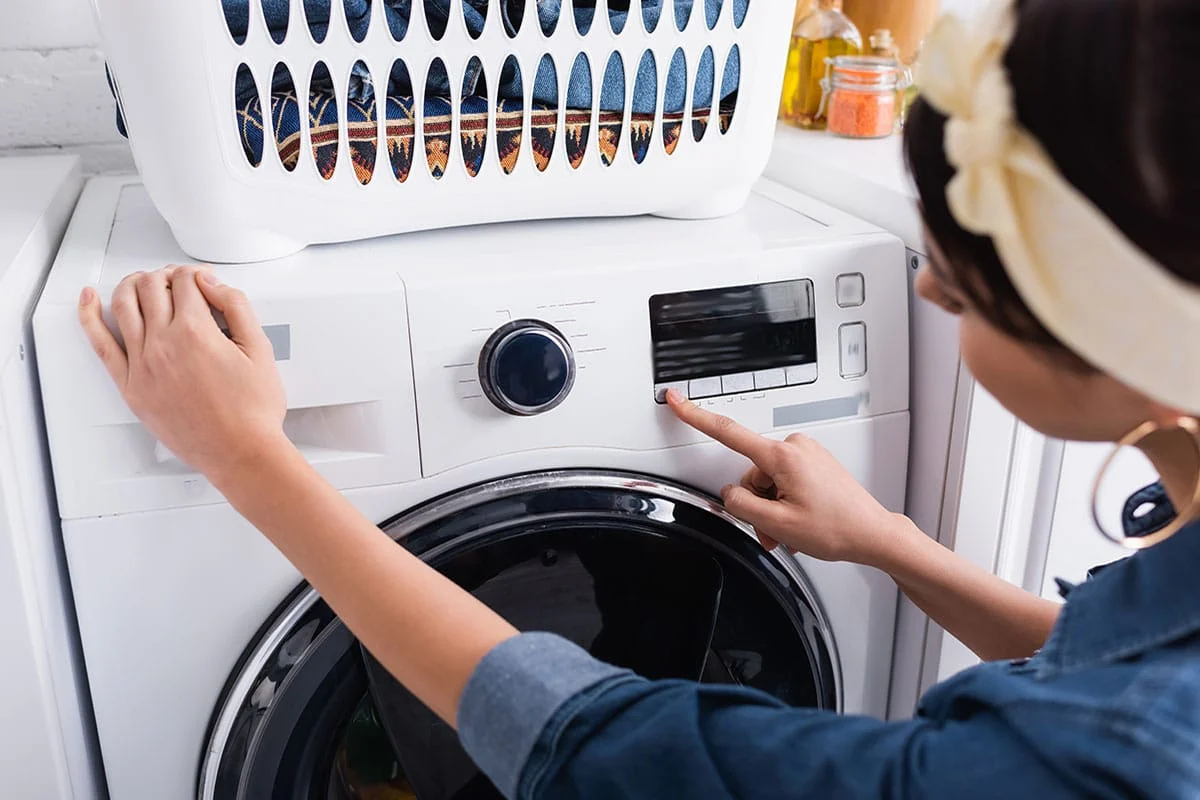
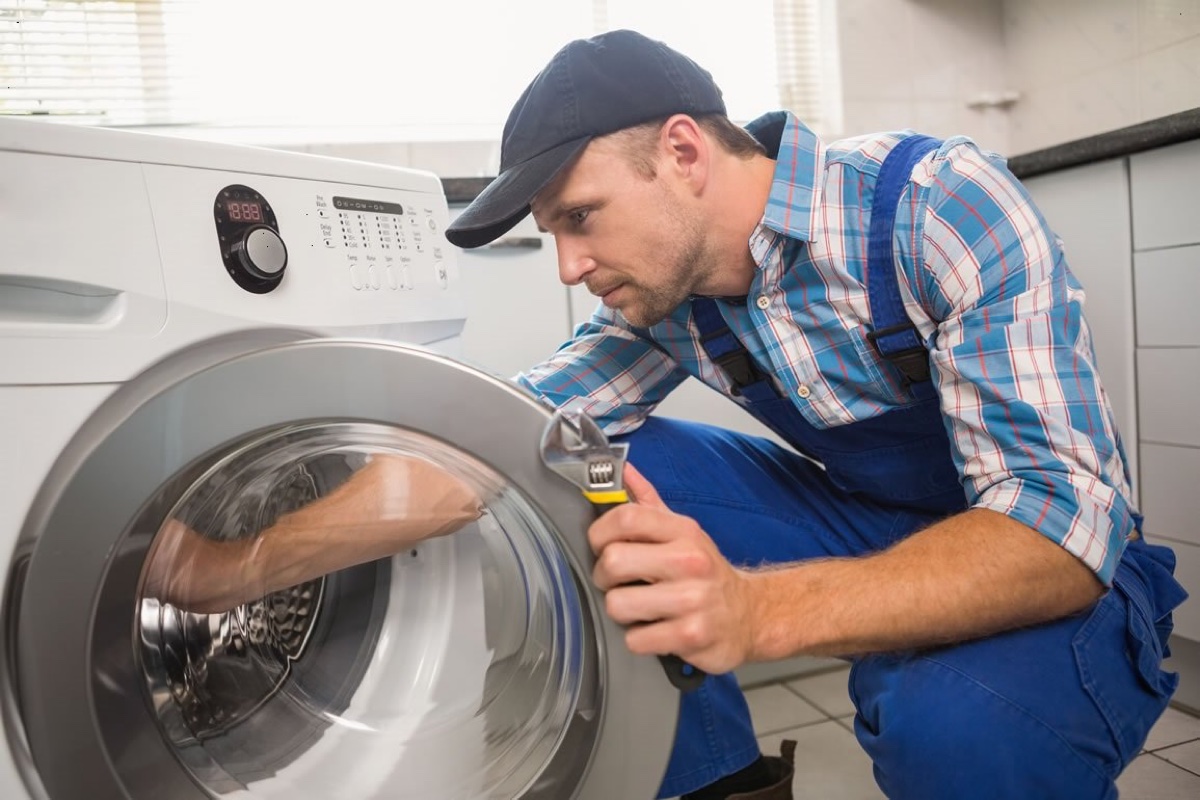
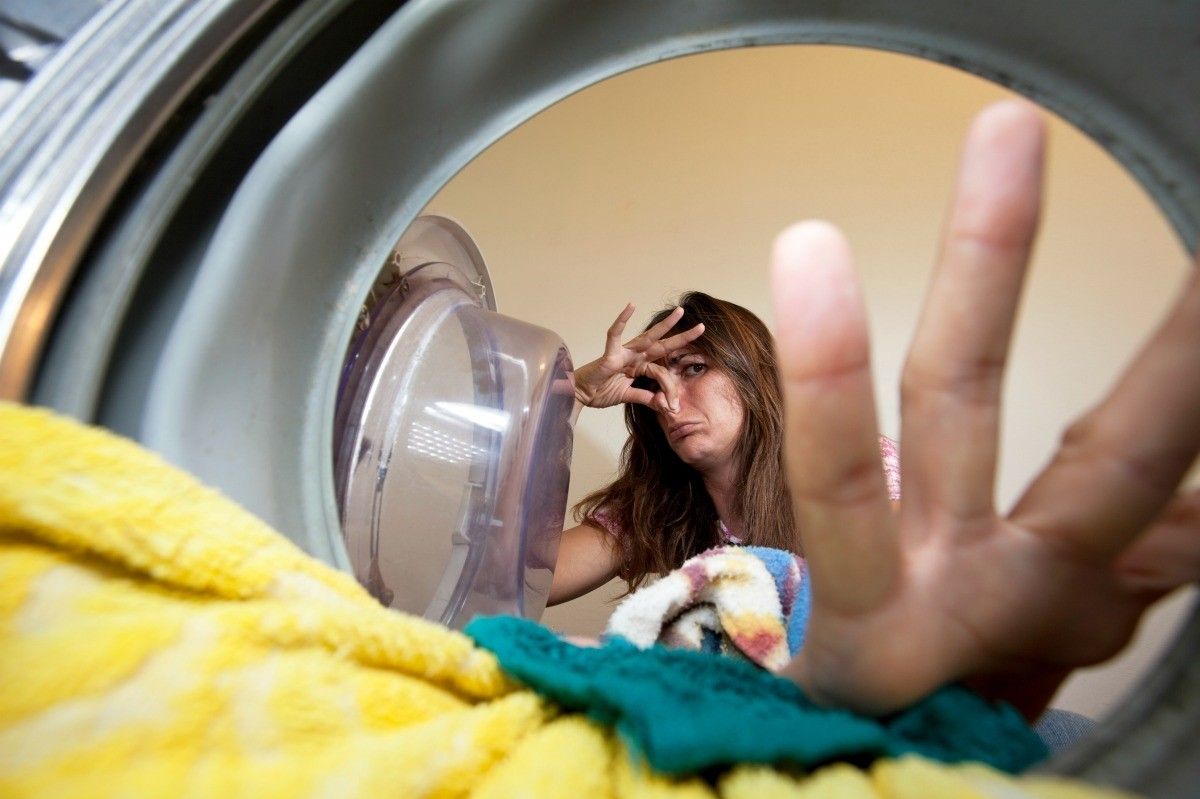
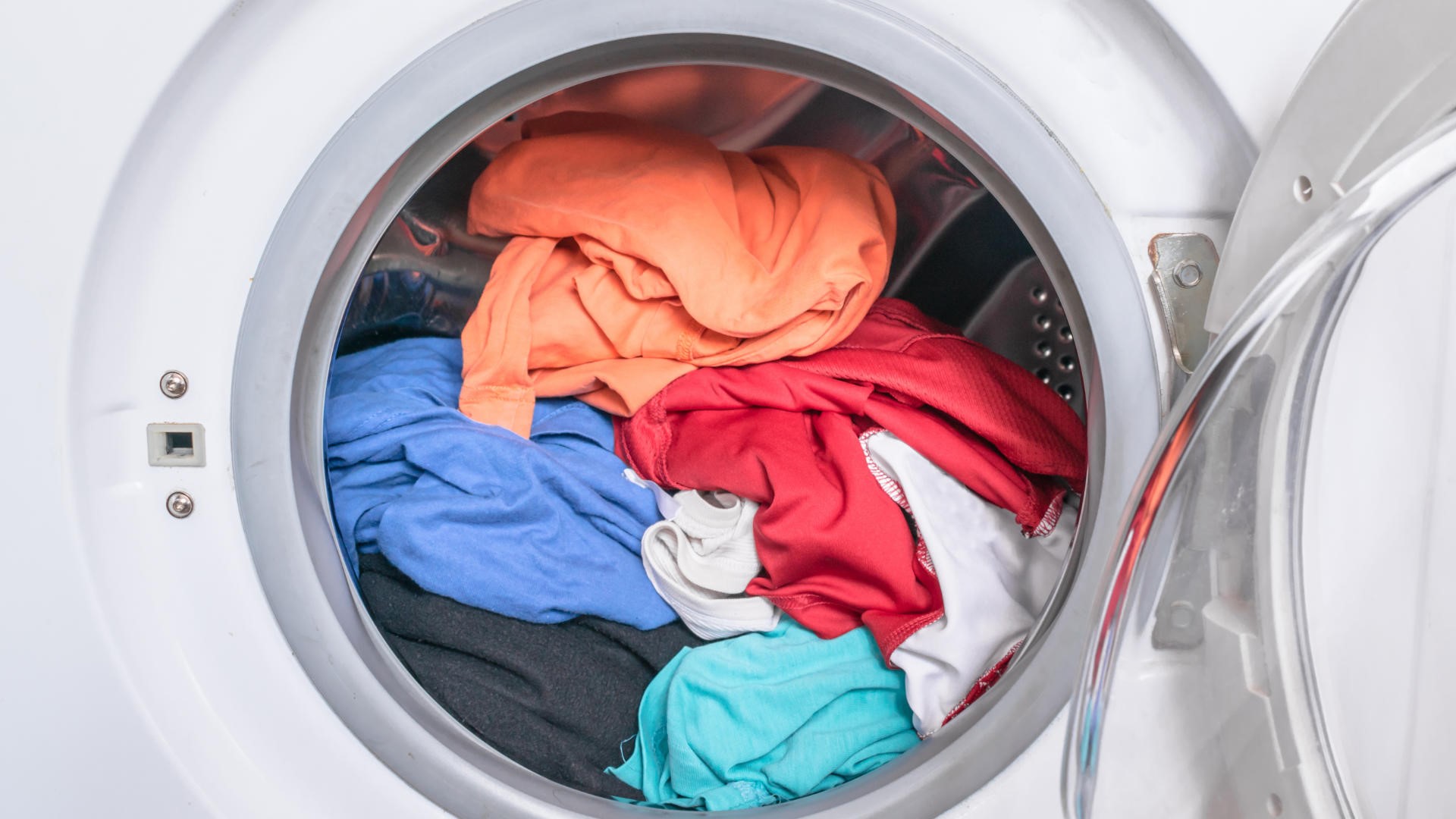
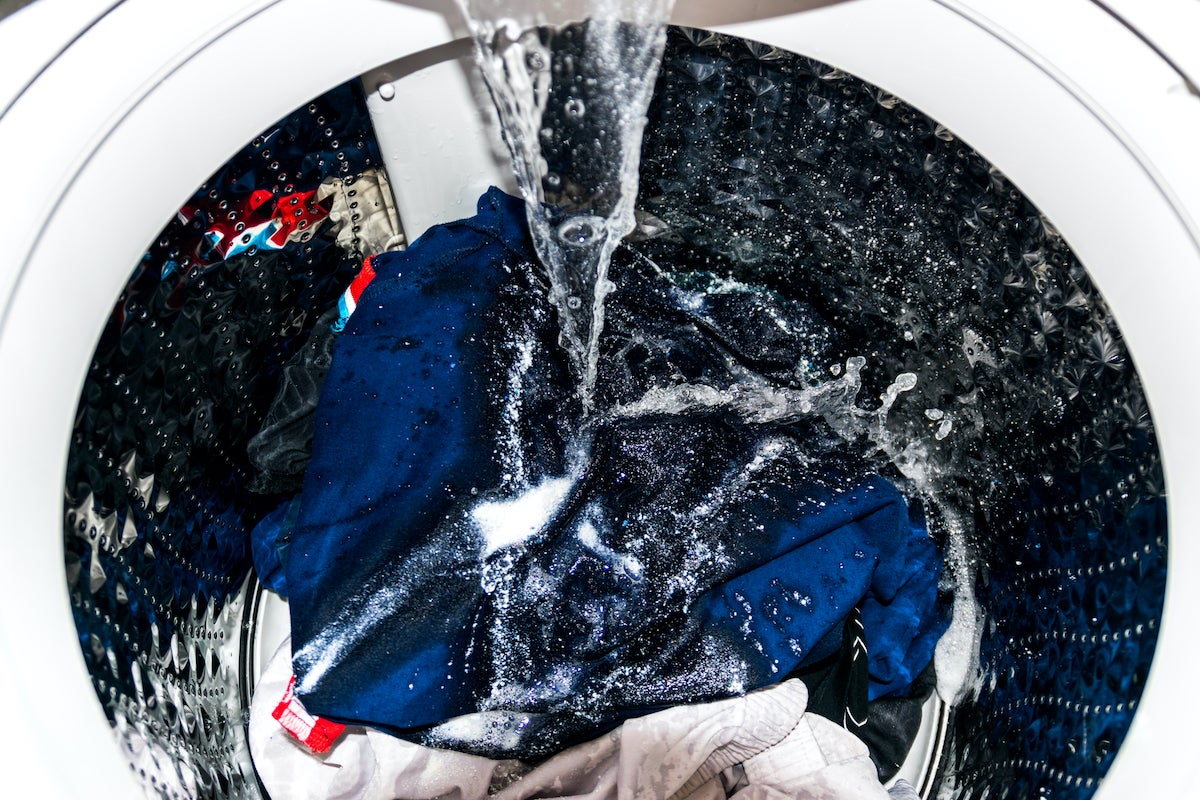
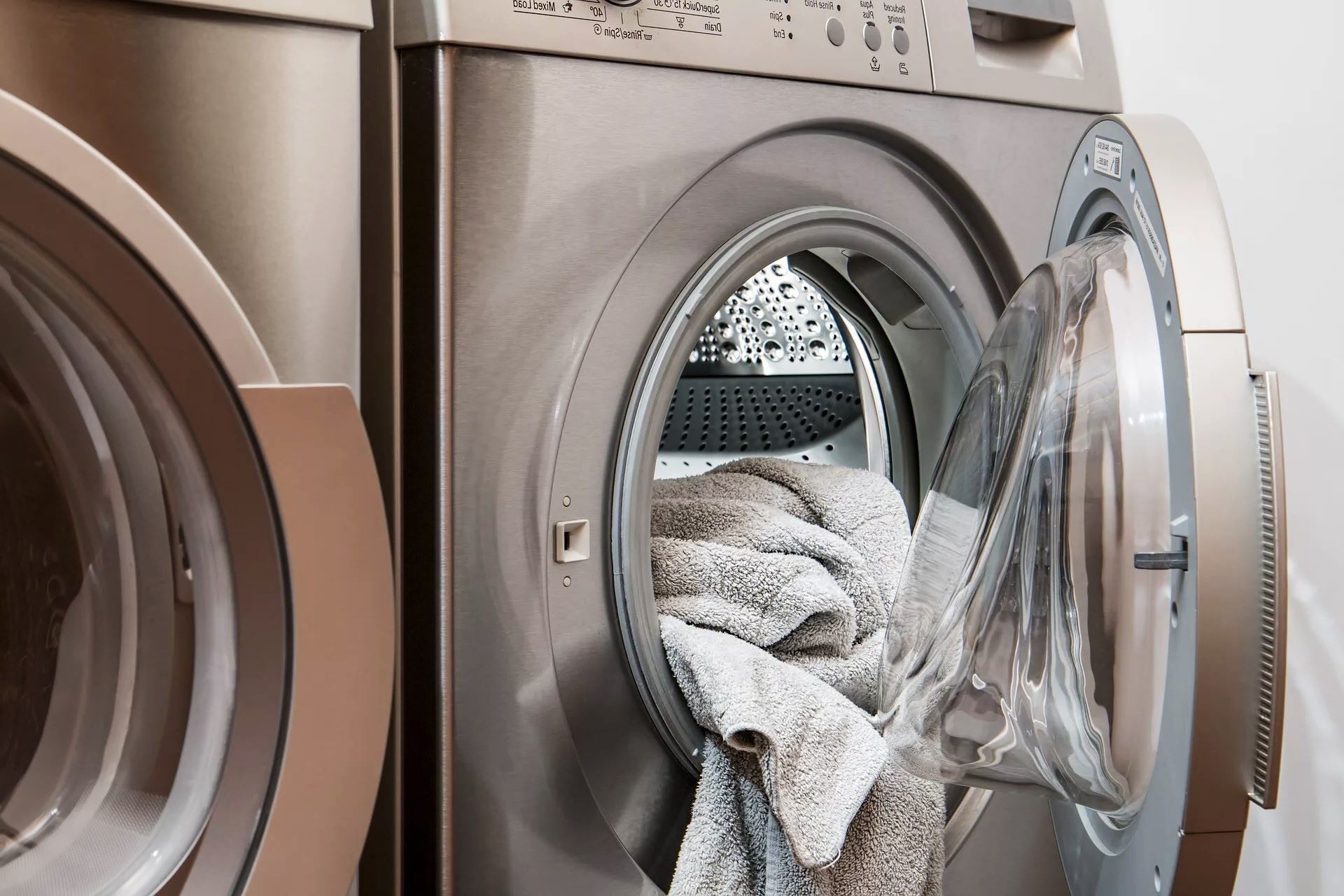
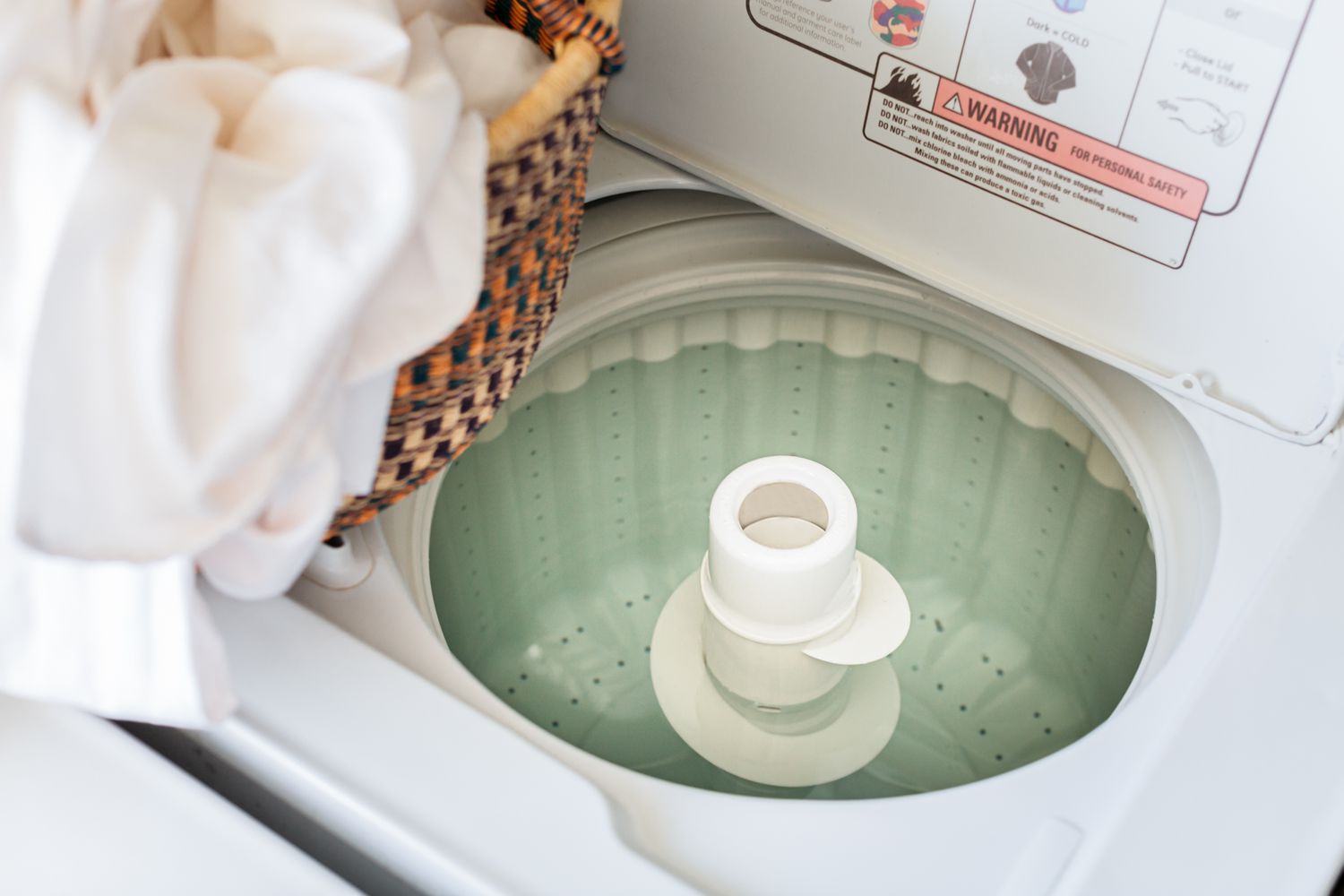
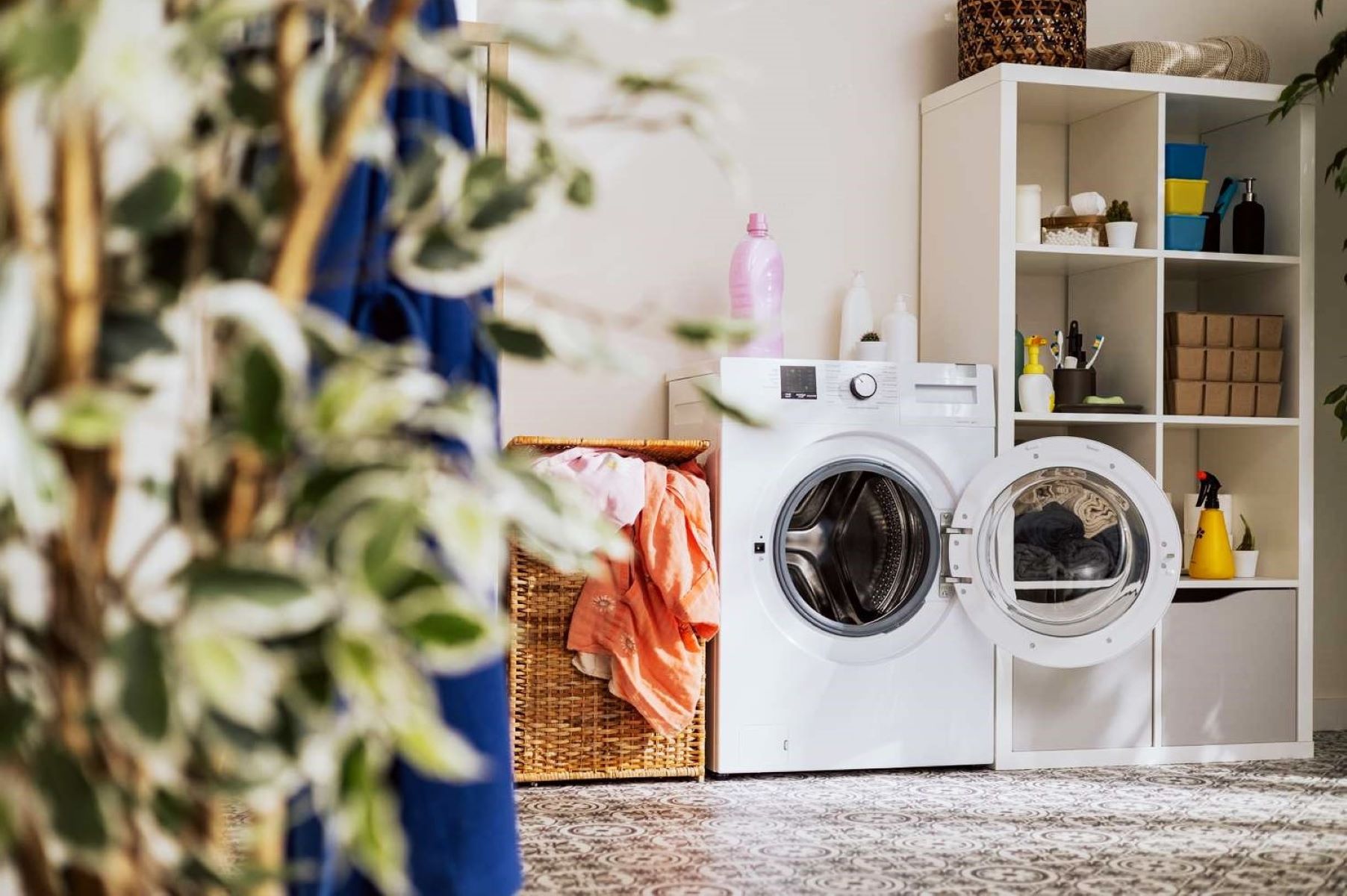
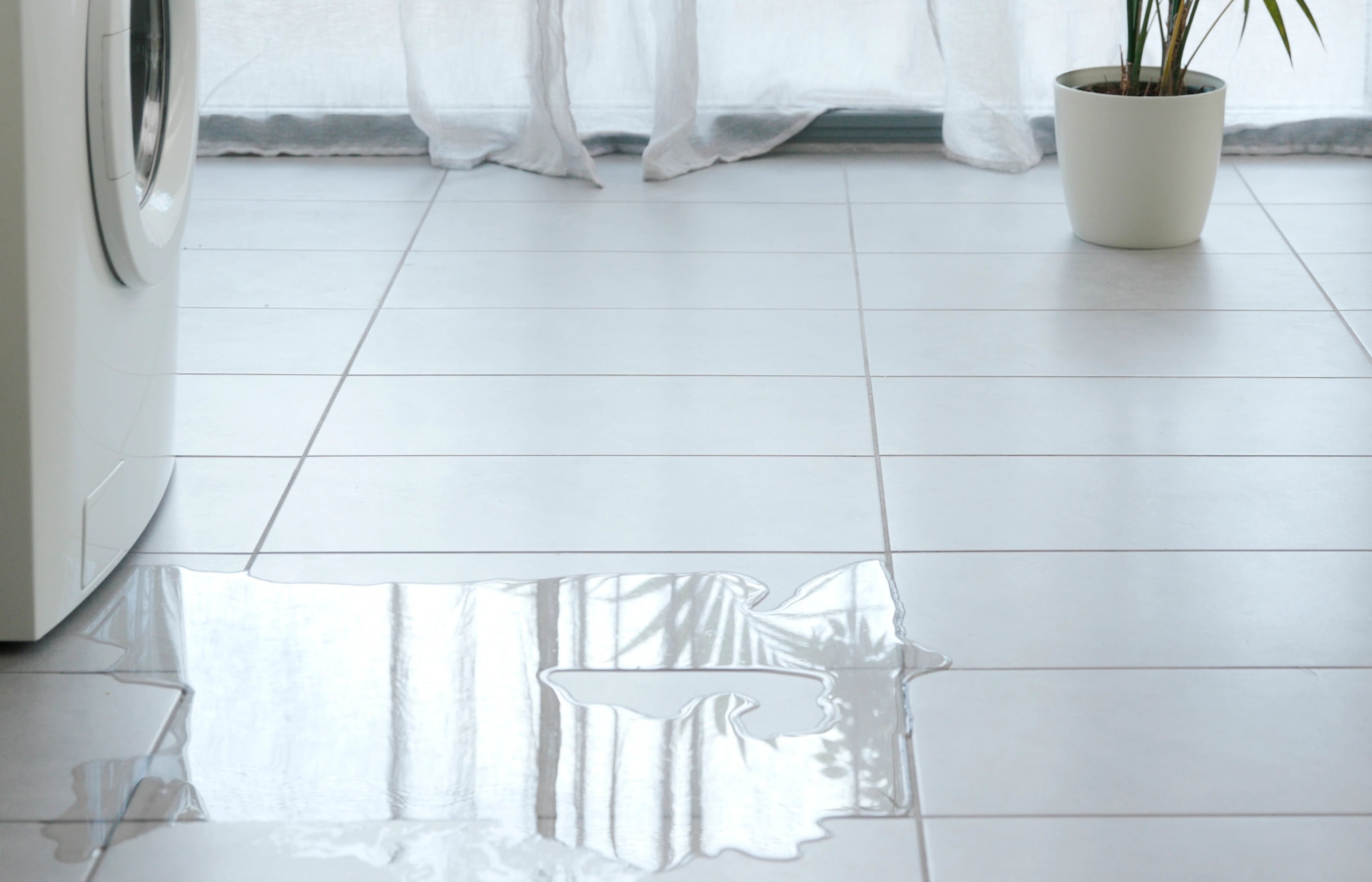
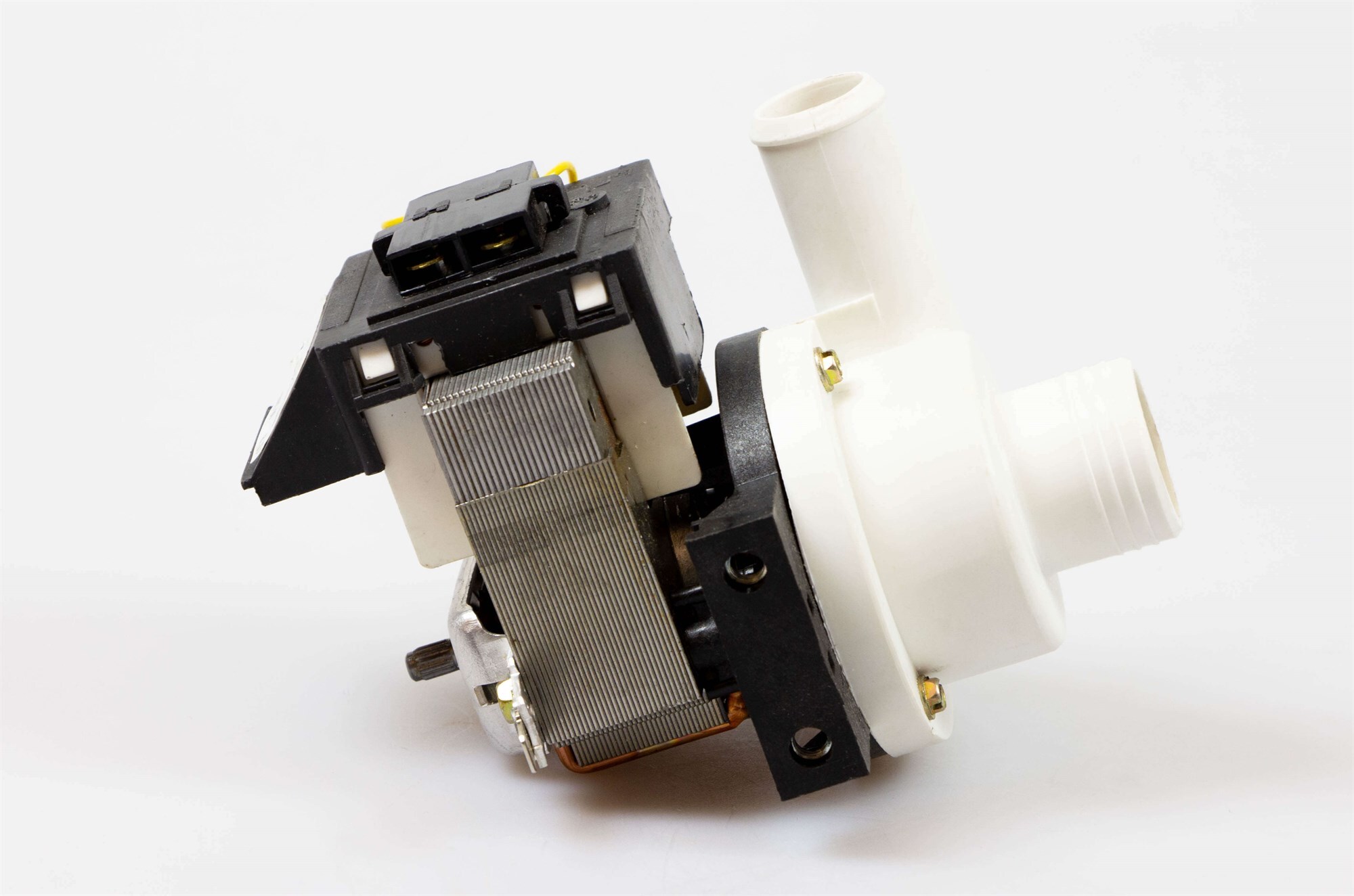
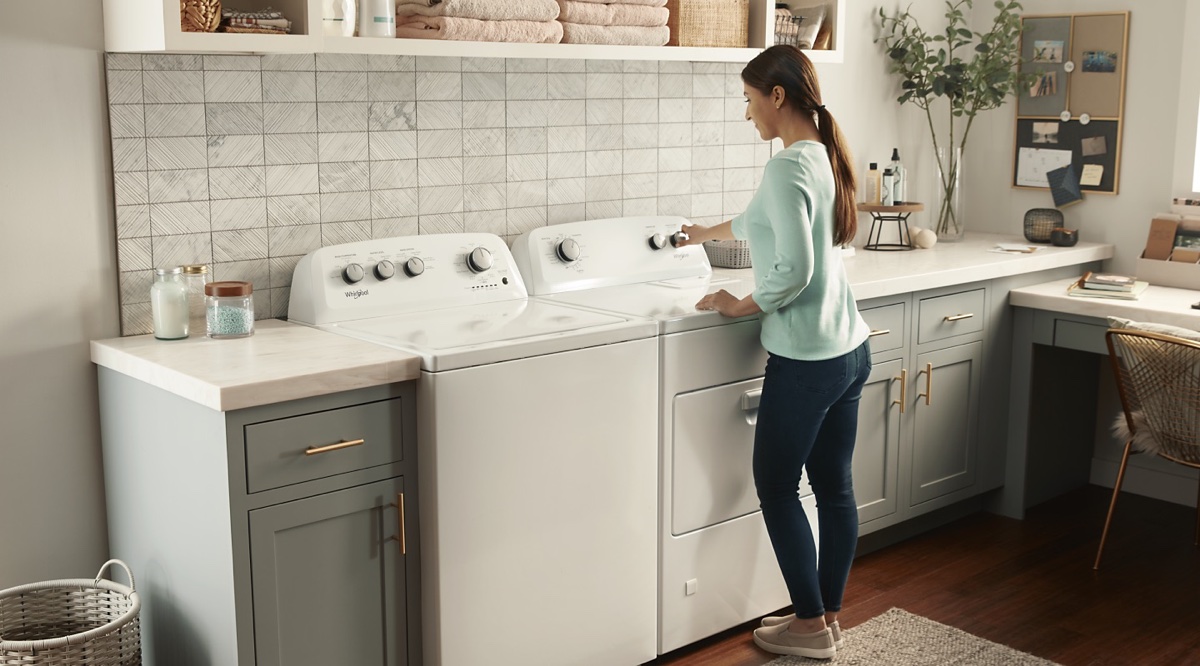

0 thoughts on “Why Does My Washing Machine Keep Draining”